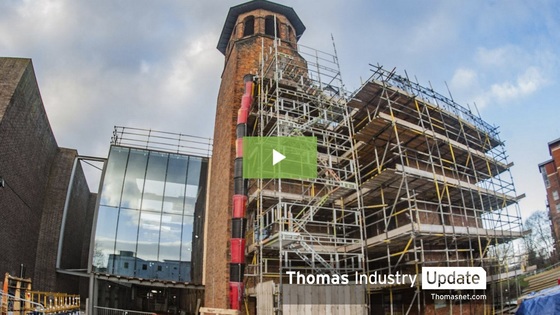Welcome to Thomas Insights — every day, we publish the latest news and analysis to keep our readers up to date on what’s happening in industry. Sign up here to get the day’s top stories delivered straight to your inbox.
The roots of the industrial revolution run deep, but the remnants of most manufacturing facilities of centuries past have been bulldozed many times over.
But luckily for historians, some sites have been preserved over the years, including the self-proclaimed “world’s first factory,” located in Derby, England. And according to the UK’s Guardian, some recent funding means the former silk factory will find a new life that continues to support manufacturing work.
The mill in question opened in 1721, and it considers itself a world’s first in the sense that it was, according to the Guardian, “the first fully mechanized mill supplied by a single power source.” Several organizations have dumped millions of dollars into transforming the spot, located on a UNESCO world heritage site, into the Museum of Making, set to open this spring.
Museum of Making banks off the cultural popularity of the “maker movement,” the fascination with DIY, artisan work that’s come back into fashion after decades of mass-produced goods.
The original Derby silk factory has experienced many major changes over the years, including fires and other disasters. Still, the museum has been able to incorporate more than 11,000 bricks from the old factory, as well as its iron gates and arch designs.
The museum plans to display more than 30,000 items, including an engine run by a single strand of human hair that was originally showcased at the Chicago World’s Fair in the 1930s. Narratives within the displays will also acknowledge the tragedy and exploitation that also fueled the early success of industry, including the legacy of environmental damage and forced labor.
Outside of the exhibits, the museum will be partly used as a true maker space, where workshop space will be used for actual prototyping and manufacturing.
According to museum program director Hannah Fox, the space is being redefined for “what it needs to be at this time” which is “a place that really tells a story and inspires people to see themselves as makers.”


